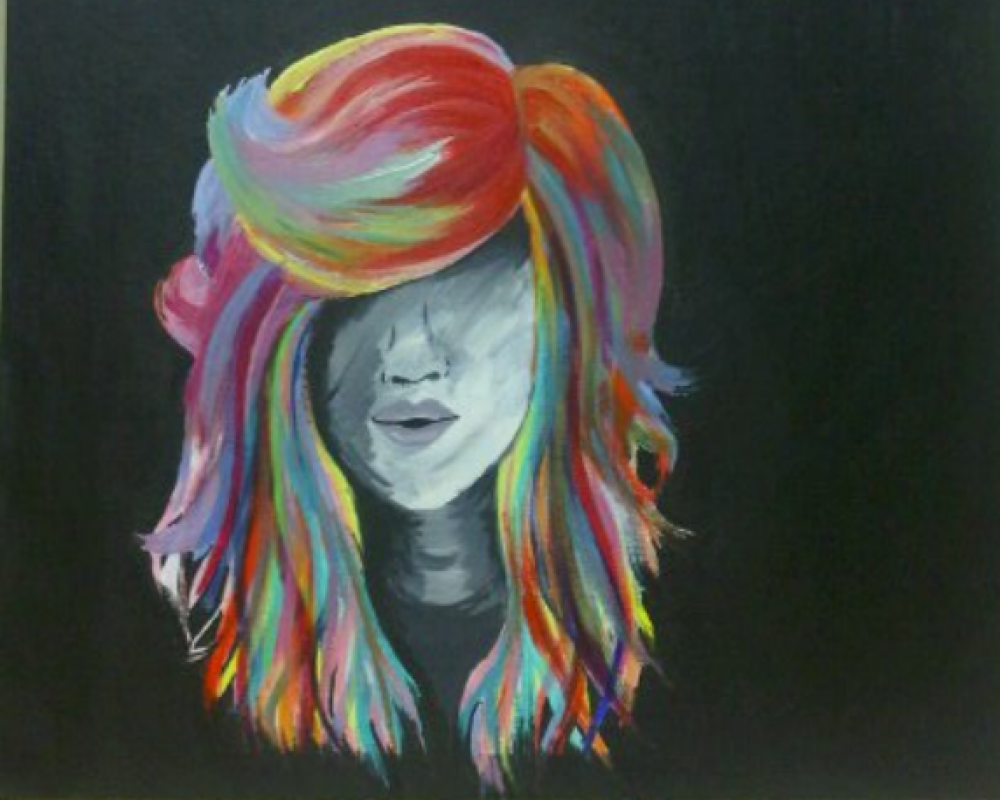REFLECTION 1
In today’s class we discussed how Graphic Design started during the industrial revolution in the 18th and 19th century. During this time there was a lot of mass production happening, things had to look good and there was also branding. In the past as well as now we as people are able to communicate with type and symbols. As a commercial artist, you communicate IDEAS and from those ideas you sell products, services, brands even a lifestyle. It’s also known as a propaganda they sell your ideas and people buy the idea and things that fit into that idea. I found this to be really interesting because we learner in previous classes that it all began with the hieroglyphics in Egypt which were symbols that were used to communicate.
We discussed different historic movements such as Art Nouveau (1900-1910) which was known as “new art” or modern which brought the idea of decorative art and design into everyday life. There was also Bauhaus (1920+) which means construction house, it was a German art school that combined a wide variety of arts like architecture, sculpture, fine art and design. “The world considers the Bauhaus to be home of Avant-guard of classical modern style is all fields of liberal and applied arts.”- http://www.bauhaus-movement.com/en/. We talked about DADA (1920) which was chaotic, dynamic and asymmetrical. We also talked about the Swiss American Style which was during the time of monochromatic Russian constructivism, they believed that function created the product. They came up with their own typography, which was very thick stone like soldiers because the majority of the people were illiterate so it was easier for them to read. Functionality deliver the message fast. They created the typeface Helvetica during this time, which is usually my go-to typeface in almost all my designs.
We also discussed some famous designers that we were all familiar with like Paul Rand who created the IBM logo as well as the UPS logo. There was also Massimo Vignelli who created the subway map that everyone knows. Another designer we discussed was Milton Glaser who was known for his I love NY logo as well as his Bob Dylan psychedelic posters.
We also watched a funny clip of Tedd Talks- Clarity or Mystery? By Chipp Kidd who is a Graphic Designer that makes book covers which he presented to us and how he came up with them. He uses concepts and information for everything to work you need emotional impact, which is when someone can relate to your work. I was able to relate to this because when I go through my design work for classes I try to think outside of the box and play around with random things that can relate to the topic to be inspired. He talked about how there’s two ways of taking on a design. There’s the clarity way which is blunt sincere and gets to the point. There’s also mystery which is complicated. It demands to be decoded when it’s done right it comes out great. “Why it looks the way it looks and what does it mean?” Something we see every day that has another meaning “mysterious meaning” has no meaning like a fortune cookie. Then he said what would happen is clarity and mystery were mixed up, which was the example of the diet coke campaign they were able to capture the soda can in a way that the whole thing didn’t show but it was still clear that it was diet coke but their slogan was “you’re on coke” which wasn’t really thought out. It was funny because at first you’re like ohh it’s a diet coke add and then you the “you’re on coke” and clearly they didn’t think this whole add through.
If I had to think of my strong suit I’d have to say it would be being able to come up with a lot of different approaches towards a design problem. I like playing around with different ideas by combining simple ideas with crazy stuff weather it’s in illustrations or in hand done stuff.



